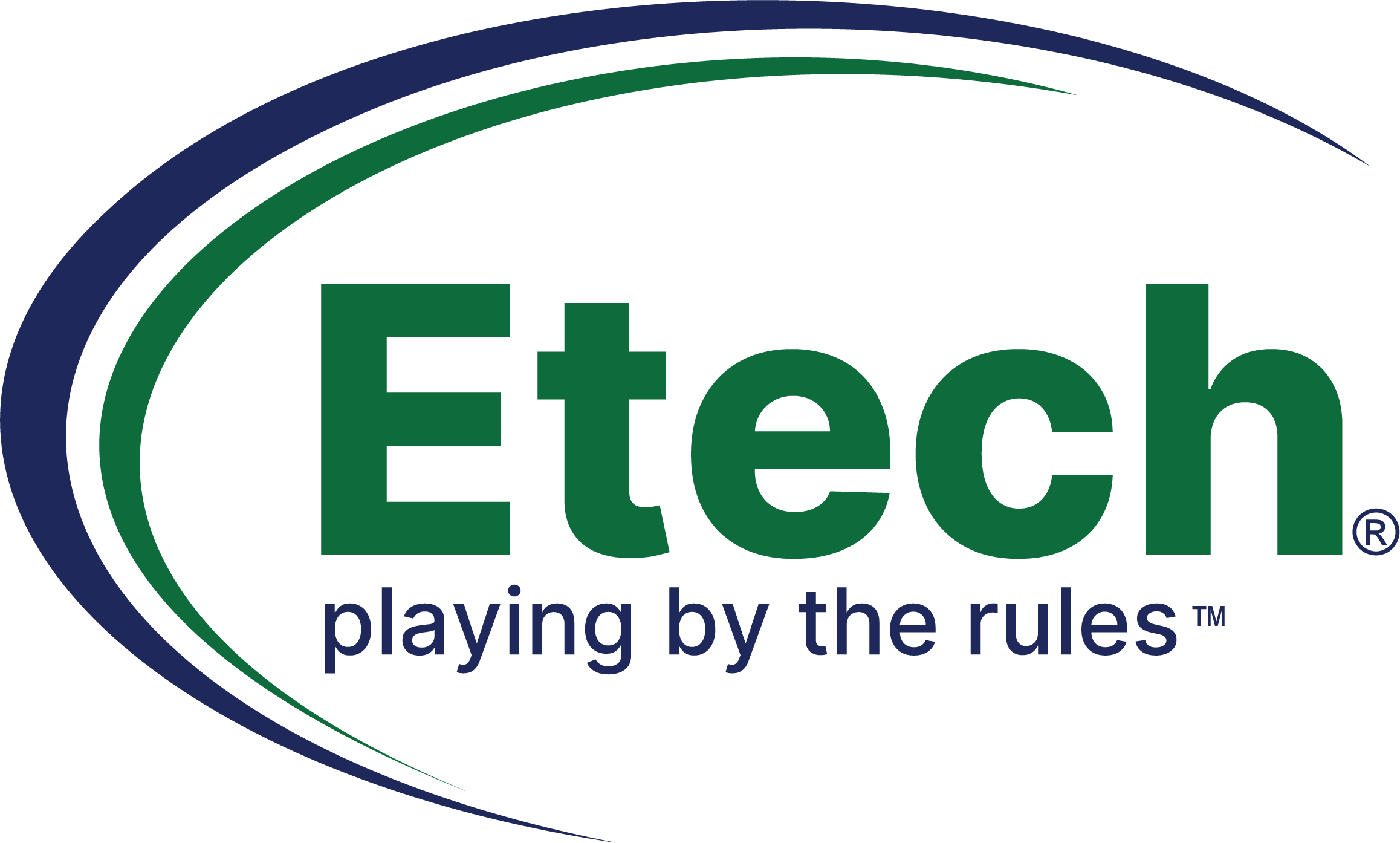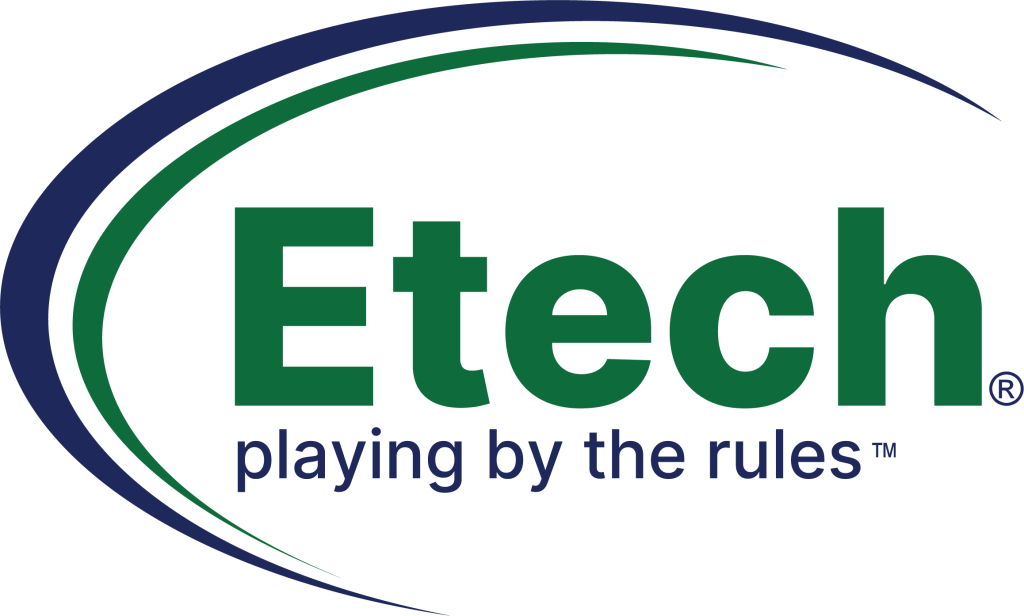How Can You Create a Successful Executive Development Plan?

Has your executive team somehow become stagnant? Does it seem like the industry is moving at a faster pace than your company? How can you stay ahead in this competitive business environment? Regardless of the motivation behind wanting to grow your business, it’s important to have a plan for progress. An Executive Development Plan (EDP) is a critical tool in your Executive tool belt.
An EDP effective strategy will include short and long-term training methods to motivate and build an efficient executive team. Rather than relying on a general leadership training plan, an executive development plan will give you a more intensive set of customized guidelines to help executives have a broader perspective on steps for success. Having a personalized plan will ultimately help executives harness the power to grow their departments and cultivate future leaders within their teams. In this article, we will discuss some effective strategies you can develop in a successful EDP at the organizational level:
-
Set Specific Goals
We need a scoreboard. What are we trying to accomplish? How are we doing long term and short term?
An executive development plan needs to incorporate both organizational and individual goals. It is important for a company to understand their mission, knowing who they are and what will drive them forward. SMART (specific, measurable, achievable, relevant, time-bound) goals are always a good place to start. Every company and the individual goal should be analyzed against SMART criteria. When analyzing your goals, ask whether a particular goal is specific, measurable, achievable, and time-bound. It is crucial to define both short-term and long-term goals to develop a successful executive development plan. Sometimes immediate implementation is required for new policies, such as the Protection of Personal Information Act (PoPI), while developing a system analysis of skills for your executive team will most likely be a long-term process. Long-term goals are equally as important as short-term goals, although short-term goals are easier to define, as they typically require immediate attention and solutions. When setting long-term goals, look for specific leadership gaps within your company. Is there anyone in the organization coming up to retirement or maternity leave? If so, what impact will their departure have on the company, and which skill-sets will be missing? What opportunities for advancement does this open up for potential leaders within your team? What training and resources are needed to assure that tasks are completed, and nothing falls through the cracks during times of transition? These questions will help to form a plan to ensure your company and team stays on track.
-
Identify Potential for Development
Heads up and Heads down leadership development. What are the critical needs now? What are long term development needs? Are the development needs aligned with the organizational heartbeat?
There might be many potential leaders in your company, but it’s not always easy identifying who has the skills needed for advancement. Excellent performance is not the only factor to consider when observing your team for leadership potential. Looking at Vital soft skills, such as communication, efficiency, and delegation, are as significant as hard skills, such as performance, when it comes to revealing whether a member of your team has the potential for leadership.
Team members who easily collaborate, delegate, analyze, and communicate with others in the organization are worth considering for future leadership roles. Observing your team’s skill-set will help you become aware of any gaps or deficiencies within your team. Having this knowledge will give you the information needed to develop these skills and set them up as part of your goals, as well as your executive development curriculum for your organization. These specific goals will then act as the foundation of how your leadership team is discovered, monitored, trained, and ultimately performs.
-
Always Encourage Learning
Who are you mentoring? Who is mentoring you? Executives must live out what they say about continued development.
It takes more than creating and implementing an Executive Development Plan to empower your executive team. Adopting a culture of ongoing learning in your organization will make your EDP effective and relevant. A learning culture can exist only when there is constant learning and re-working from the stream of information presented to you. Learning is an ongoing process of reframing and developing your organizational culture. With an effective EDP in place, your organization will become a place full of fresh ideas on how to expand and achieve desired results, with an extensive nurturing of new and expansive patterns of thinking. Also, your organization will have the freedom to have a collective aspiration where people will continue to learn, grow, and see the bigger picture together.
In a Nutshell
Developing and implementing an effective executive development plan is using the right combination of team member retention strategies and leadership longevity strategies. Having a working EDP at the organizational level can help you recognize potential leaders and nurture current leaders at the same time.
Are you planning on building an executive development plan soon?
If so, be sure to keep your goals clear and analyze how you are going to measure success. At Etech, the effective strategies for an executive development plan, as discussed above, have tremendously helped us develop a great leadership team, making a remarkable difference in the lives of our people each day.


